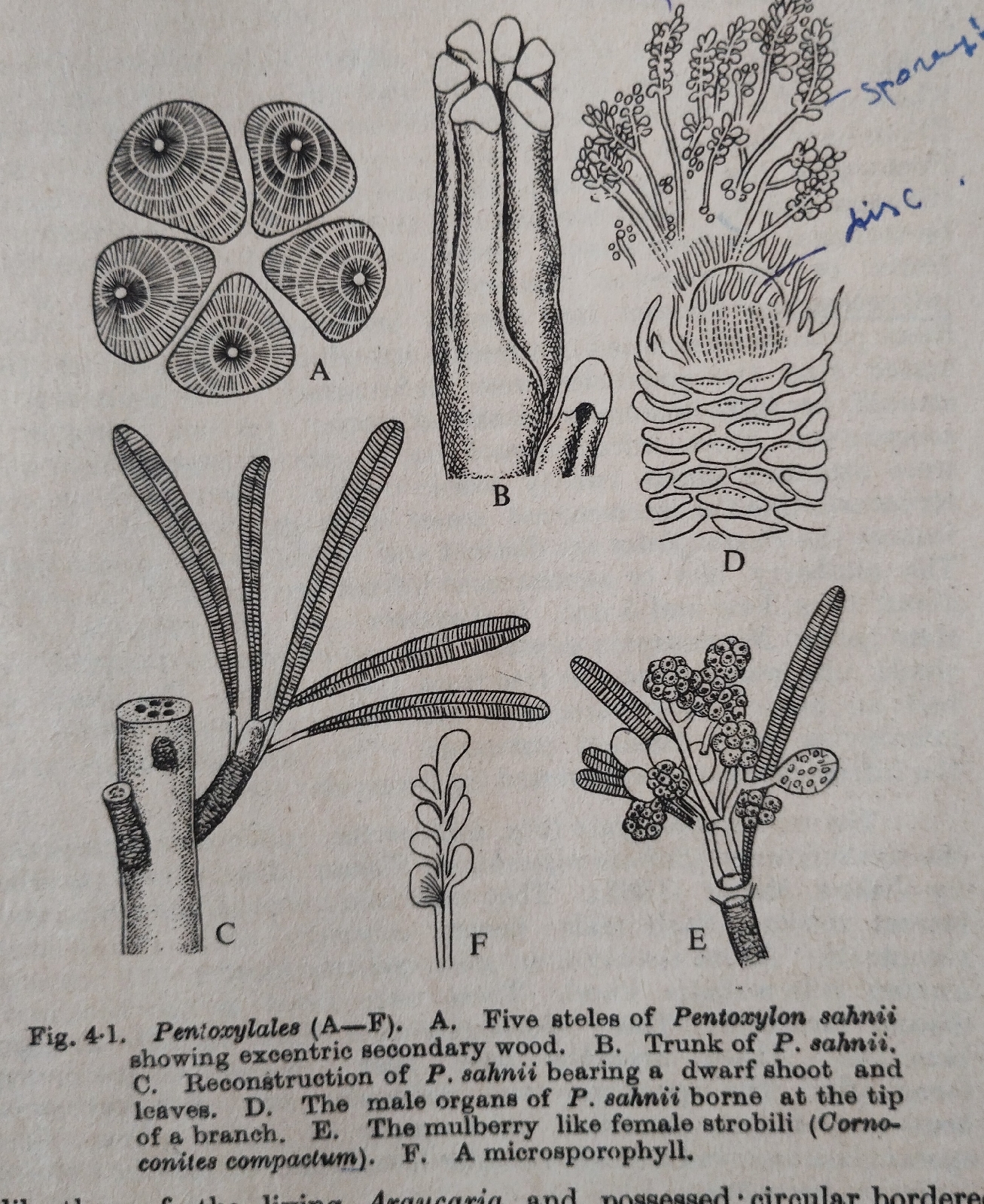Raphides and their Toxicity
CALCIUM OXALATE TOXICITY. A large number of Plants show toxicity due to the deposition of their excretory products like calcium oxalate (Ca C2 O4)in crystal form.
The outermost dry scale leaf of onion or tunic contains this chemical in the form of a rod shaped, cubicle shaped (prismatic) colourless crystals . After mounting in water or 20 % to 50% glycerine these can be observed under a microscope.
Arum,Colocasia and Pistia contain needle-like long slender crystals called raphides which lie parallel to each other in a bundle within a sac-like idioblast.
In Pistia and Papaw the crystals arrange in roundish stellate bodies called sphaeraphides or druses.When these crystals come in contact to the skin itchiness starts as they converted to oxalate.The raphides lodge easily in the lining of the allimentary canal if any parts of Arum is swallowed raw or half cooked and resulted in burning, irritating, itchiness, swelling and choking.The rinsing with vinegar may give temporary releaf.
Arum belongs to the Monocot family Araceae. Bentham and Hooker placed this family in 5th series Nudiflorae as in most genera the perianth being absent.The family is divided into 8 sub-families.
Sub-family I : Arodeae
e.g: Arum,Typhonium
Sub-family II: Calloideae
e.g: Calla.
Sub-family III: Colocasioideae
e.g: Alocasia,Colocasia, etc.
Sub-family IV: Lasioideae
e.g: Amorphohphallus
Sub-family V: Monsteroideae
e.g: Monestera
Sub-family VI: Philodendroideae
e.g: Phiolodendron
Sub-family Vii: Pistoideae
e.g|: Pistia
Sub-family VIII: Phothoideae.
E.g: Pothos
The family contains 104 genera, 3040 species, out of which India represents 24 genera and 136 species.The diagnostic features of the family are
1.Plants perrenial herbs with rhizome , corms or tubers.
2.Leaves radical or cauline, large, leave base sheathing.
3.Spedix is subtended by bright coloured speathe.
4. Flowers-di or trimerous, unisexual, rarely bisexual.
5. Perianth absent or having 6 tepals.
6.Stemens- 2,4 or 6 forming synandrium.
7.Fruit-berry
The outermost dry scale leaf of onion or tunic contains this chemical in the form of a rod shaped, cubicle shaped (prismatic) colourless crystals . After mounting in water or 20 % to 50% glycerine these can be observed under a microscope.
Arum,Colocasia and Pistia contain needle-like long slender crystals called raphides which lie parallel to each other in a bundle within a sac-like idioblast.
In Pistia and Papaw the crystals arrange in roundish stellate bodies called sphaeraphides or druses.When these crystals come in contact to the skin itchiness starts as they converted to oxalate.The raphides lodge easily in the lining of the allimentary canal if any parts of Arum is swallowed raw or half cooked and resulted in burning, irritating, itchiness, swelling and choking.The rinsing with vinegar may give temporary releaf.
Arum belongs to the Monocot family Araceae. Bentham and Hooker placed this family in 5th series Nudiflorae as in most genera the perianth being absent.The family is divided into 8 sub-families.
Sub-family I : Arodeae
e.g: Arum,Typhonium
Sub-family II: Calloideae
e.g: Calla.
Sub-family III: Colocasioideae
e.g: Alocasia,Colocasia, etc.
Sub-family IV: Lasioideae
e.g: Amorphohphallus
Sub-family V: Monsteroideae
e.g: Monestera
Sub-family VI: Philodendroideae
e.g: Phiolodendron
Sub-family Vii: Pistoideae
e.g|: Pistia
Sub-family VIII: Phothoideae.
E.g: Pothos
The family contains 104 genera, 3040 species, out of which India represents 24 genera and 136 species.The diagnostic features of the family are
1.Plants perrenial herbs with rhizome , corms or tubers.
2.Leaves radical or cauline, large, leave base sheathing.
3.Spedix is subtended by bright coloured speathe.
4. Flowers-di or trimerous, unisexual, rarely bisexual.
5. Perianth absent or having 6 tepals.
6.Stemens- 2,4 or 6 forming synandrium.
7.Fruit-berry




Comments
Post a Comment